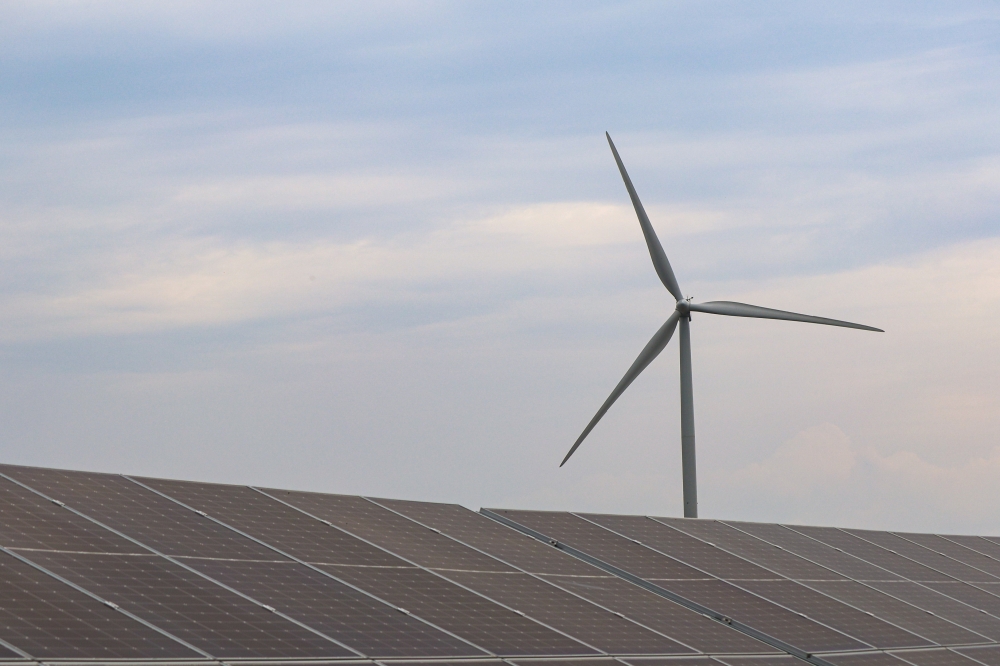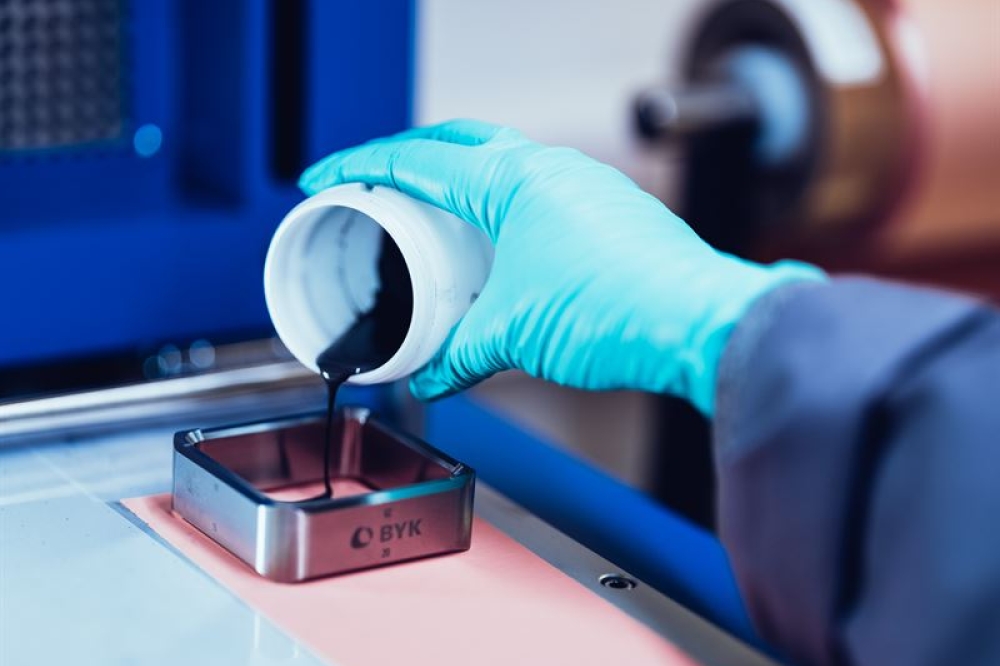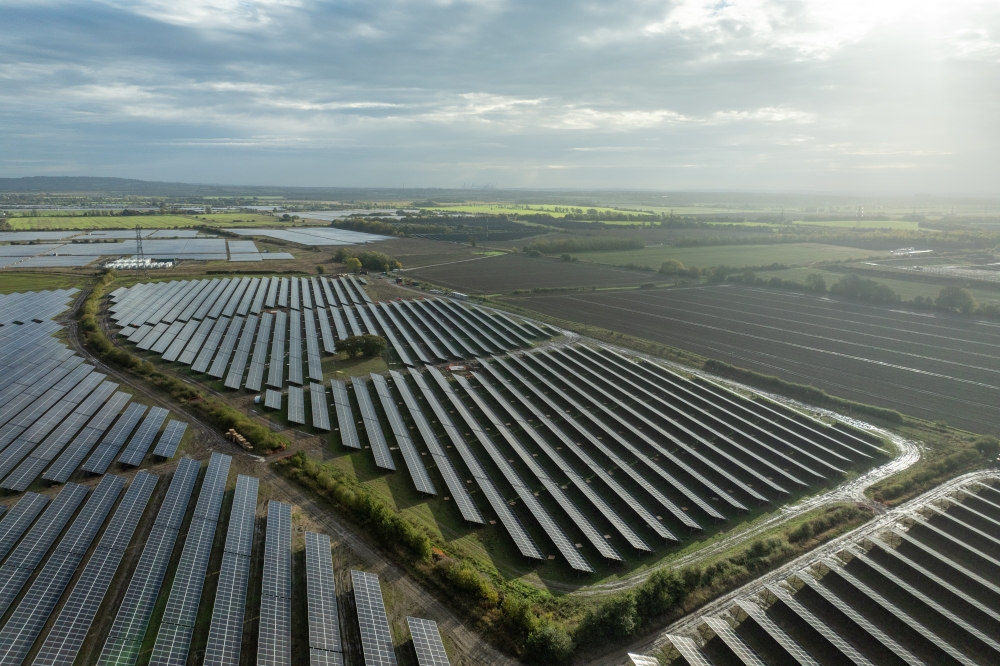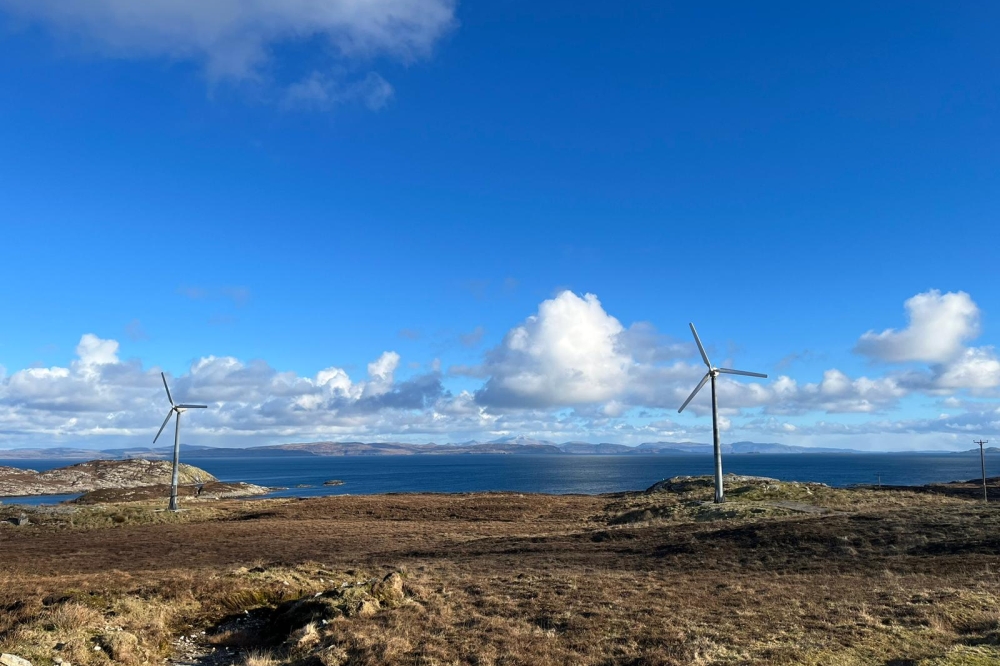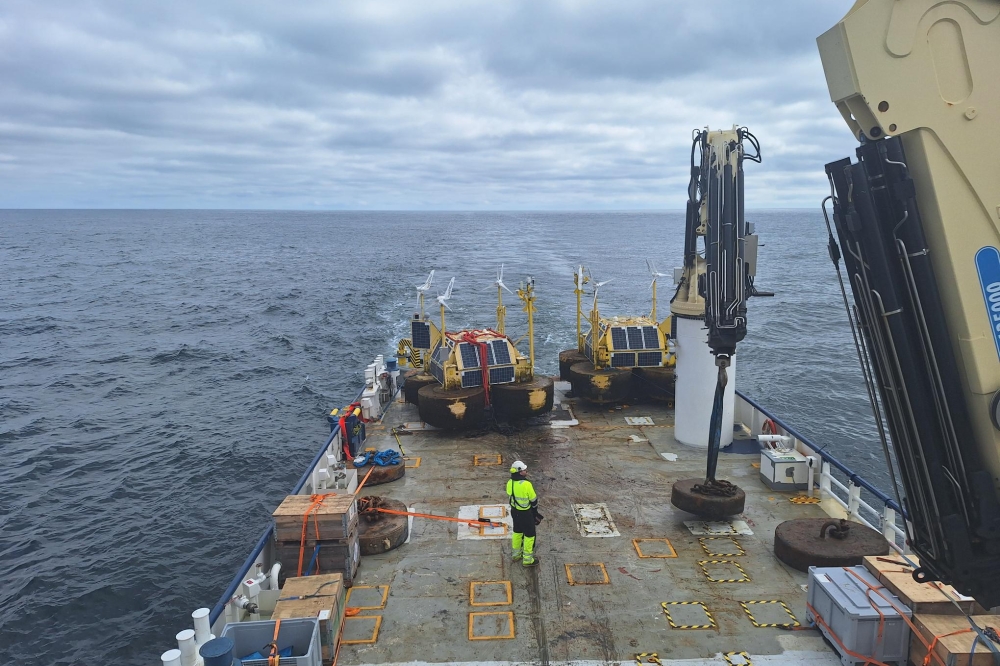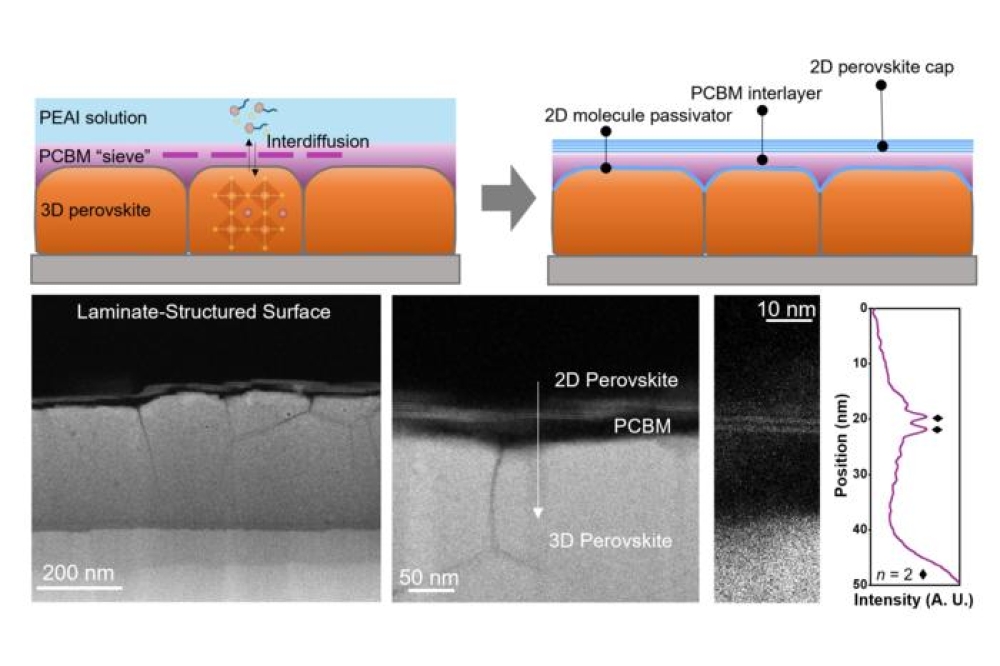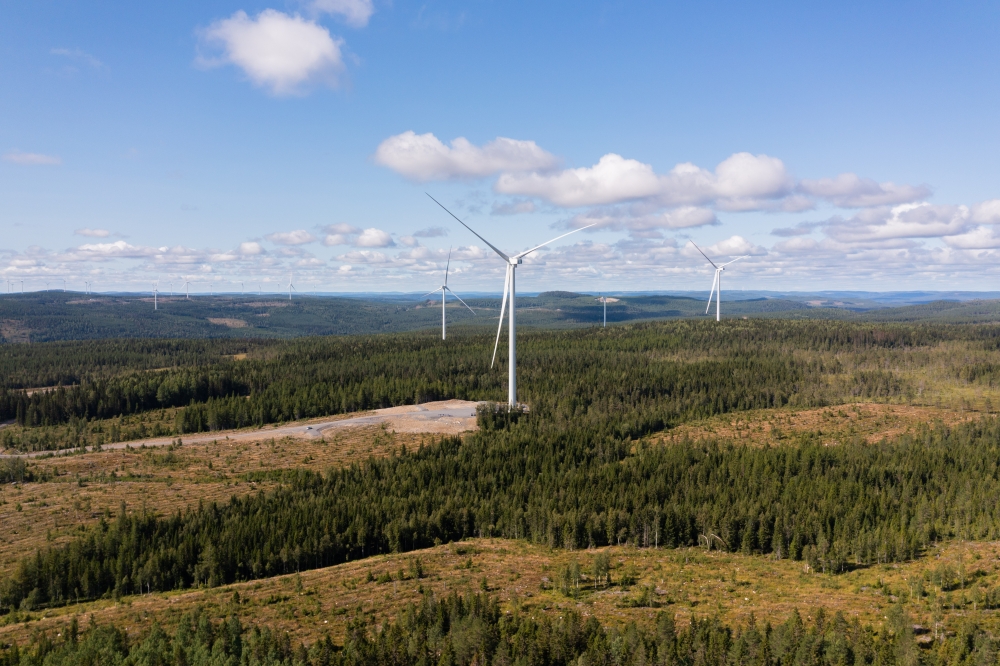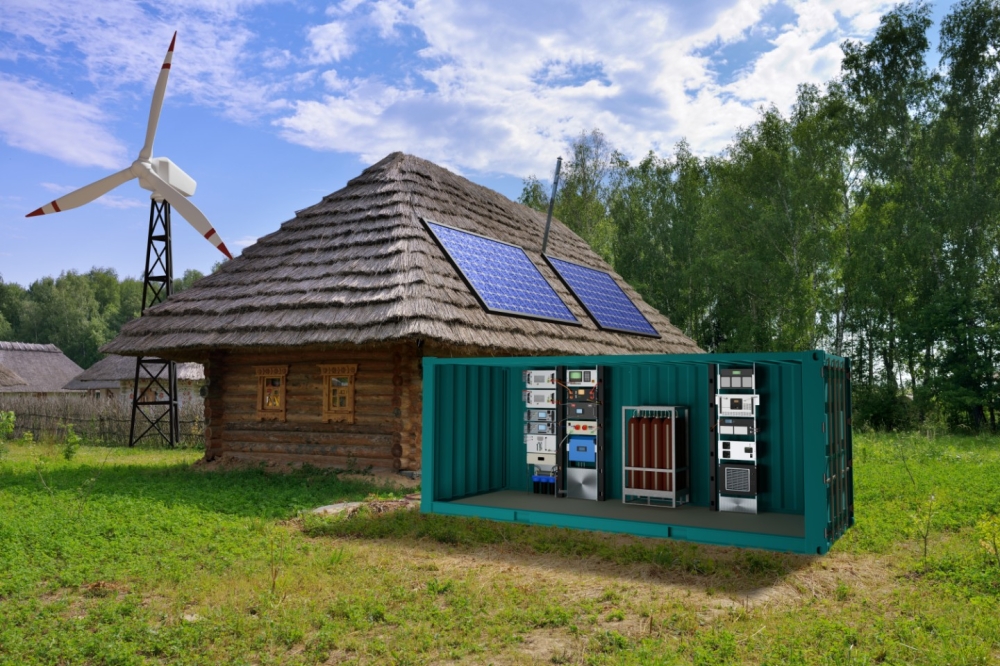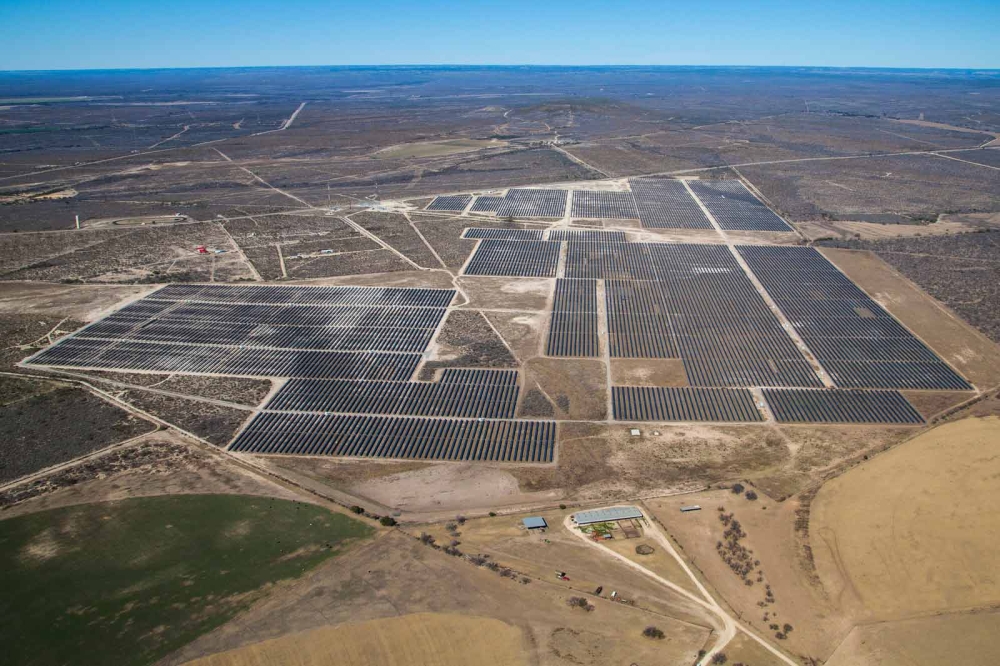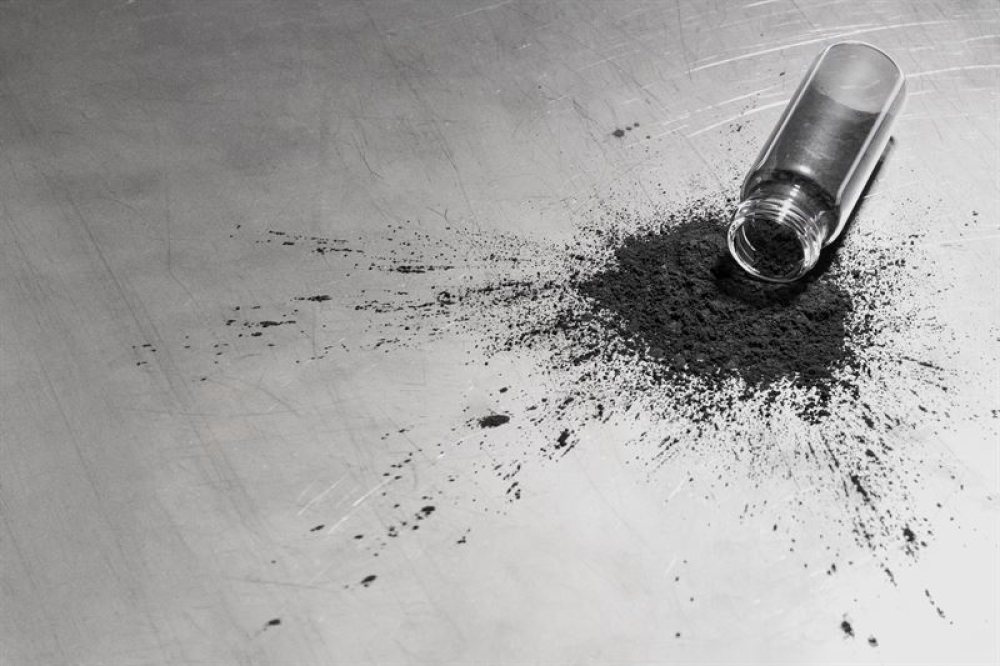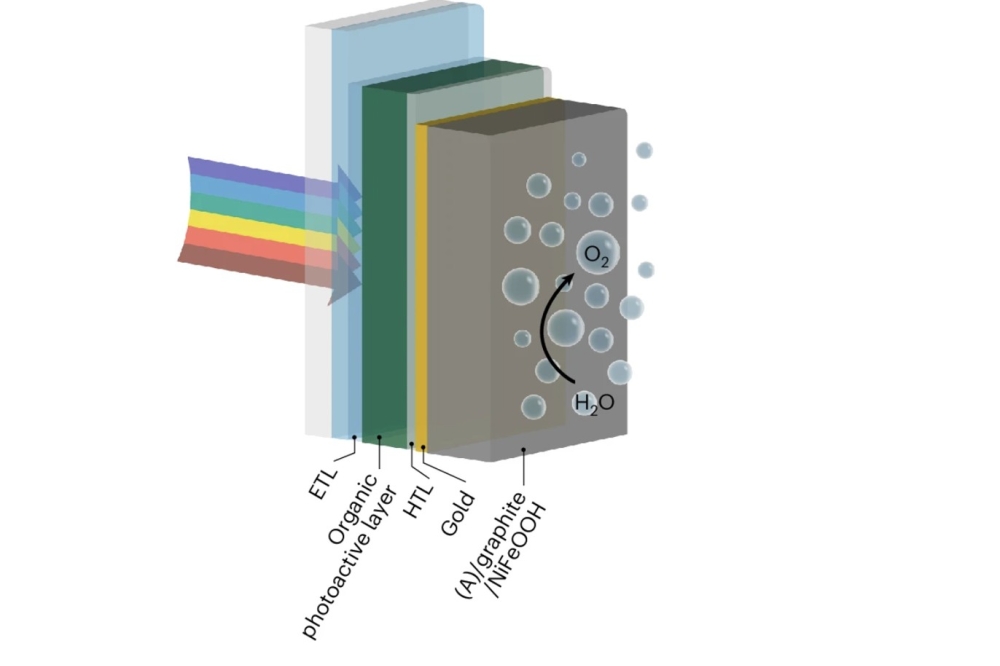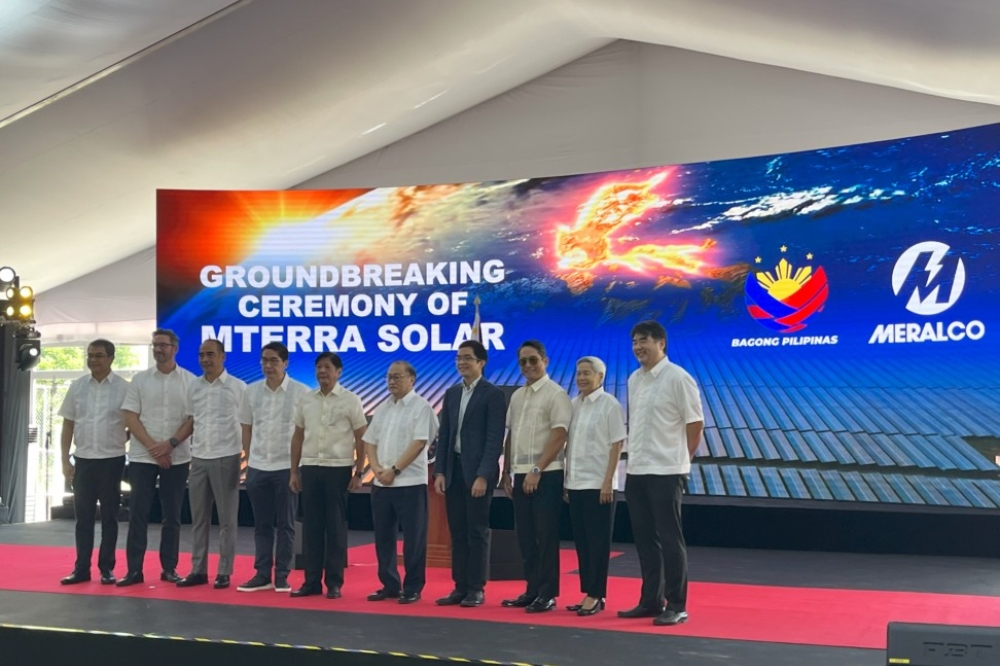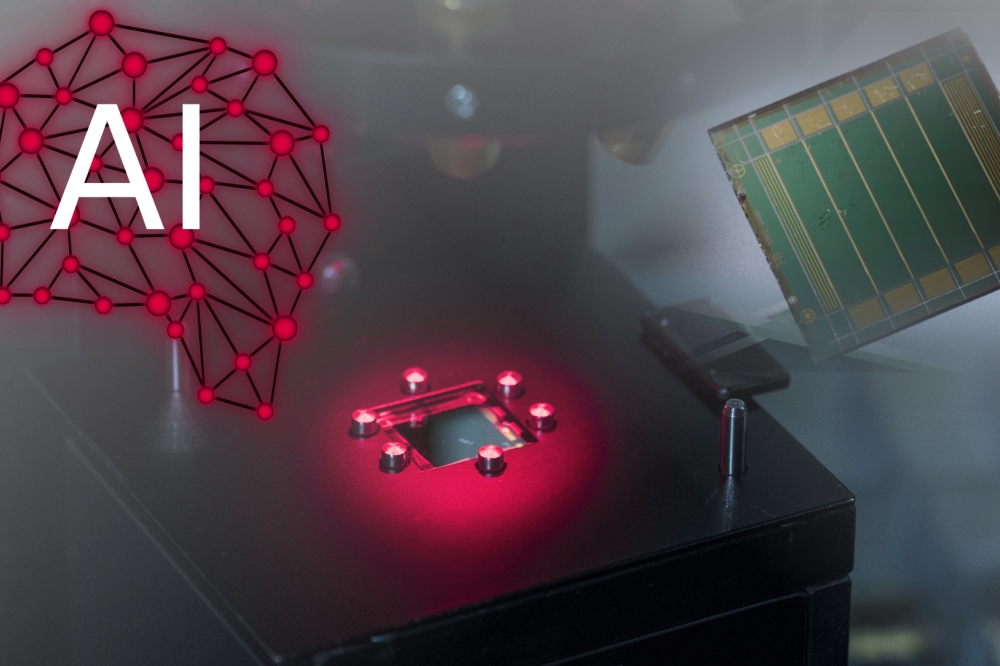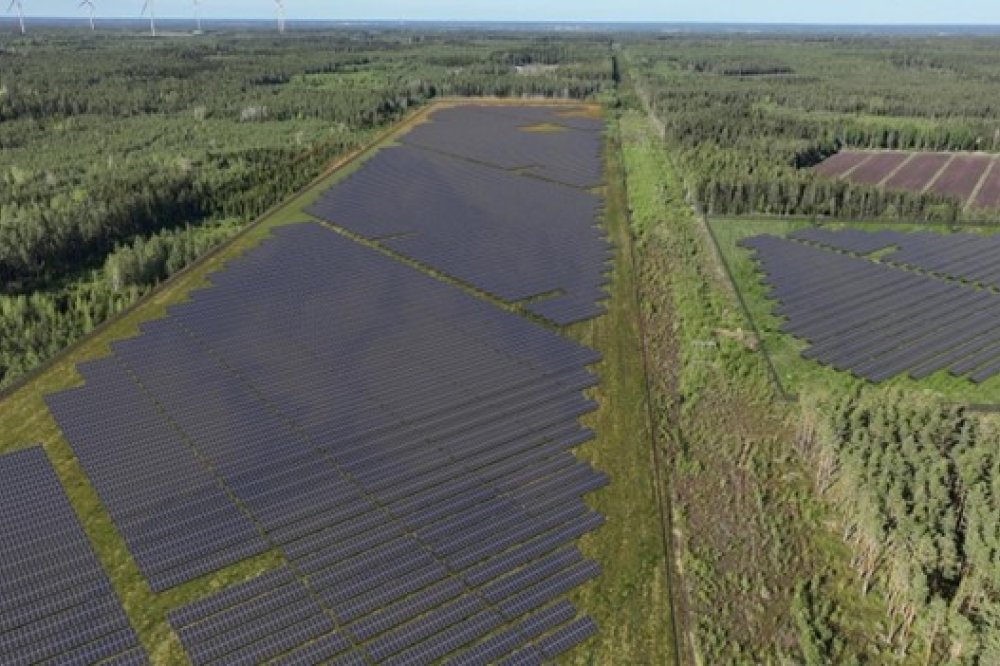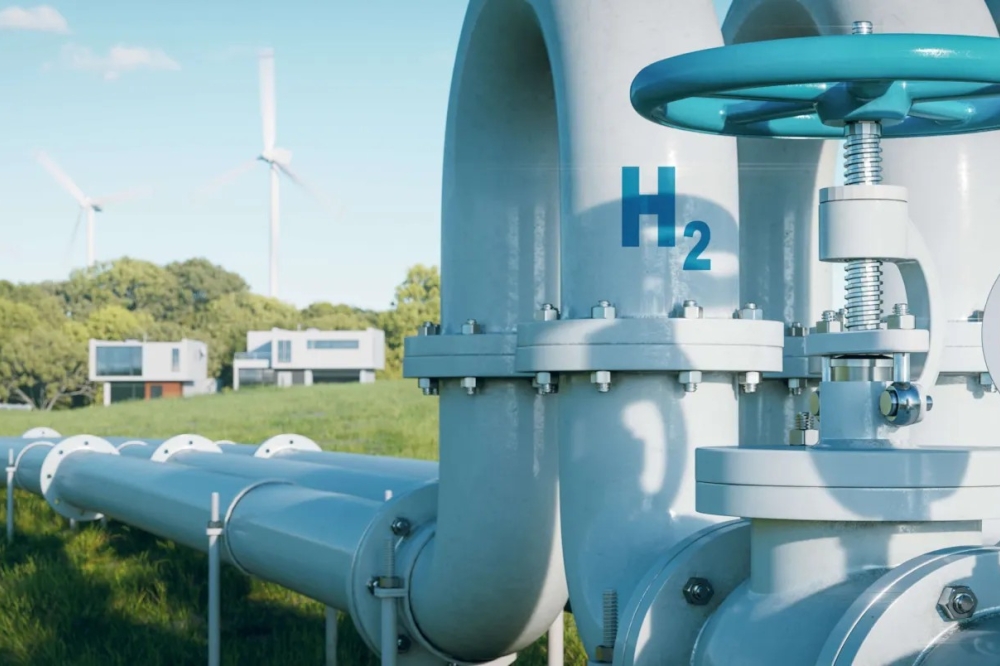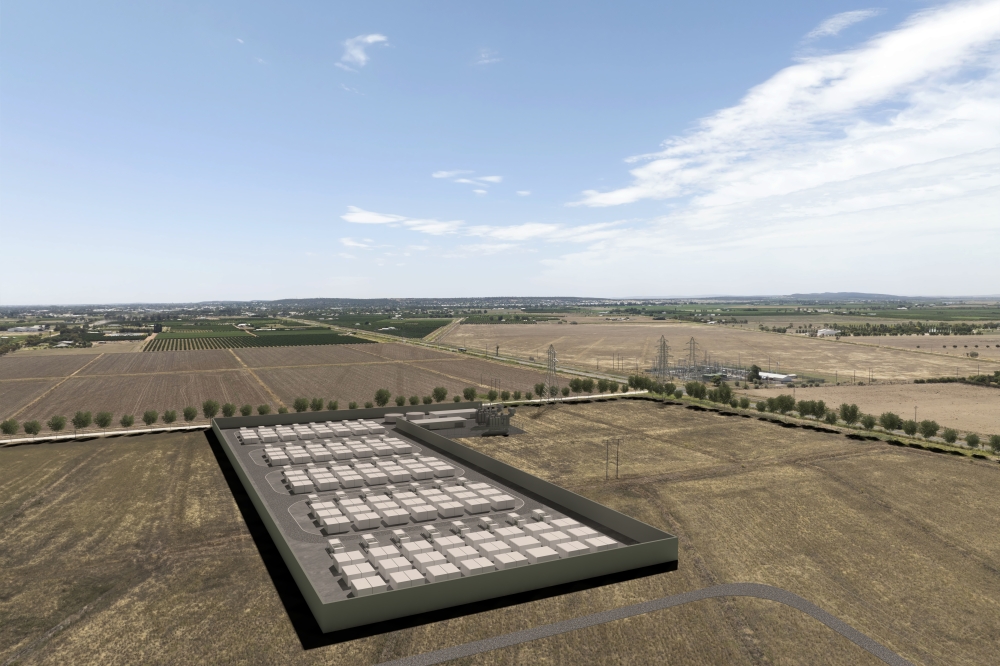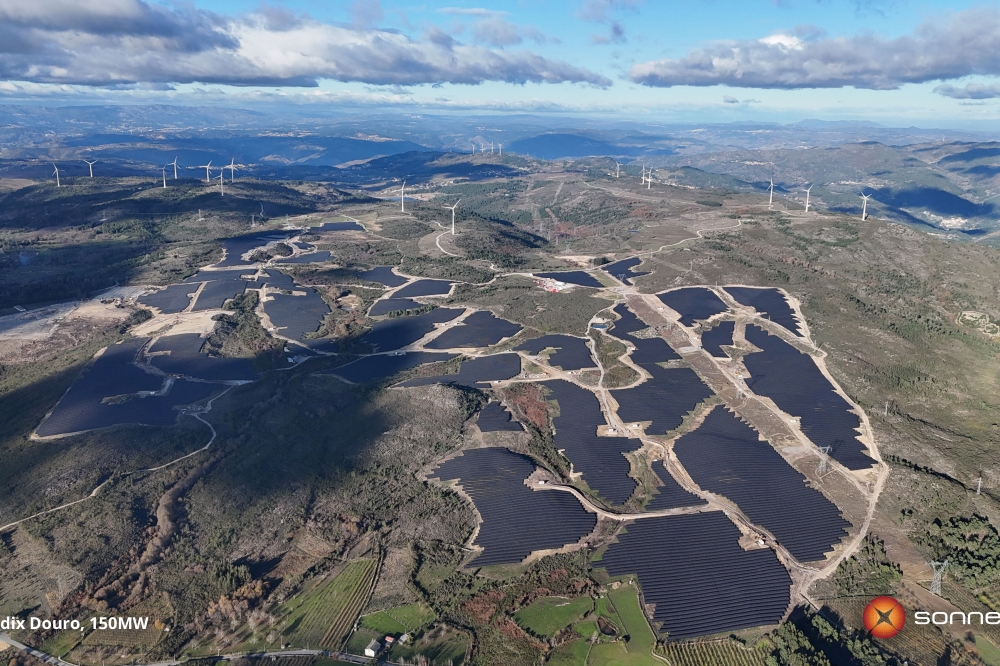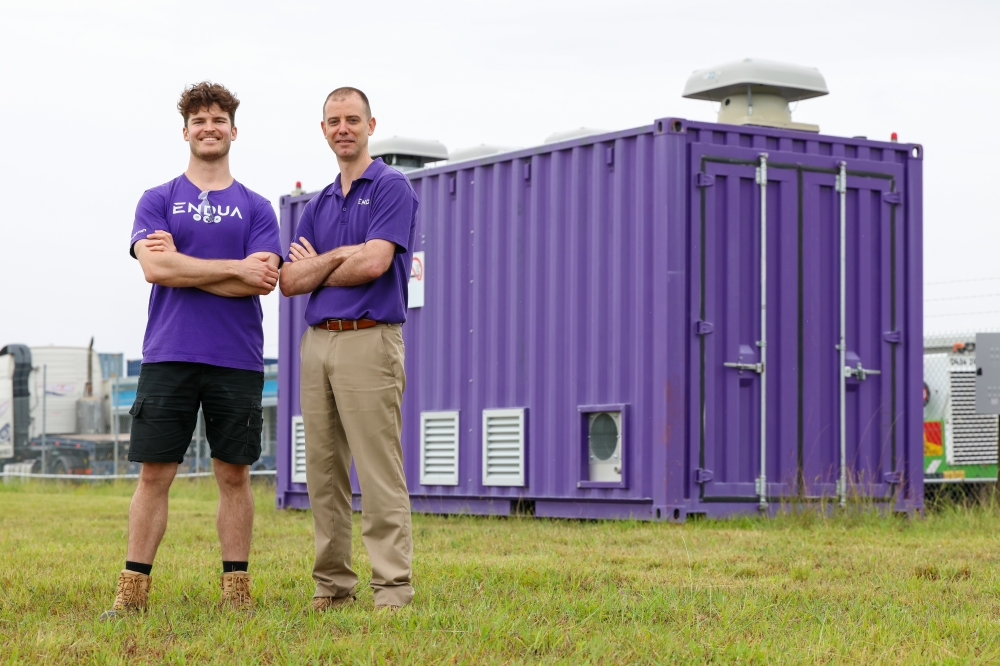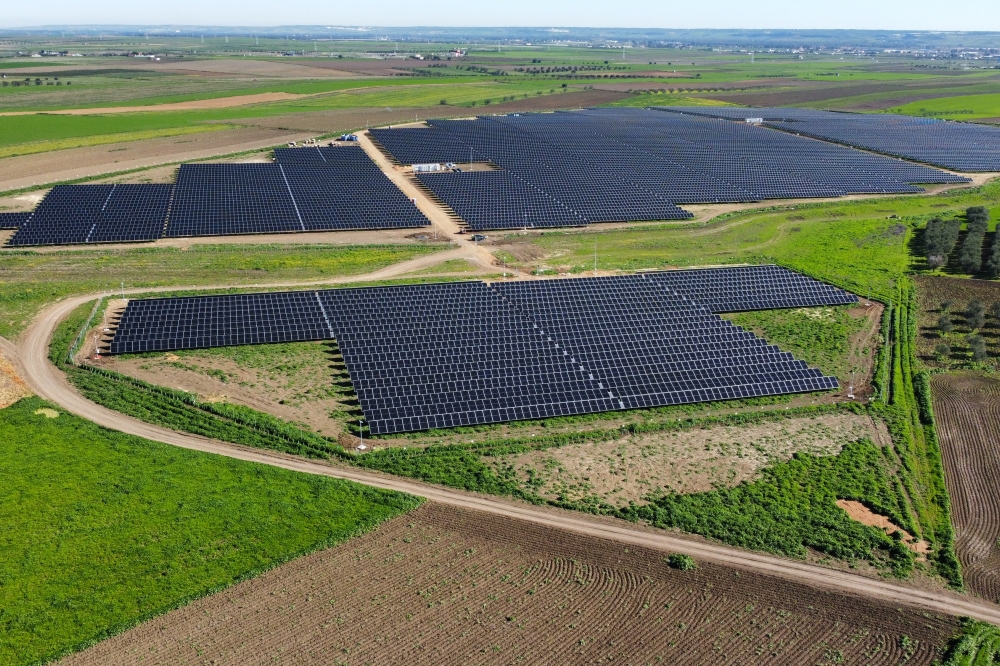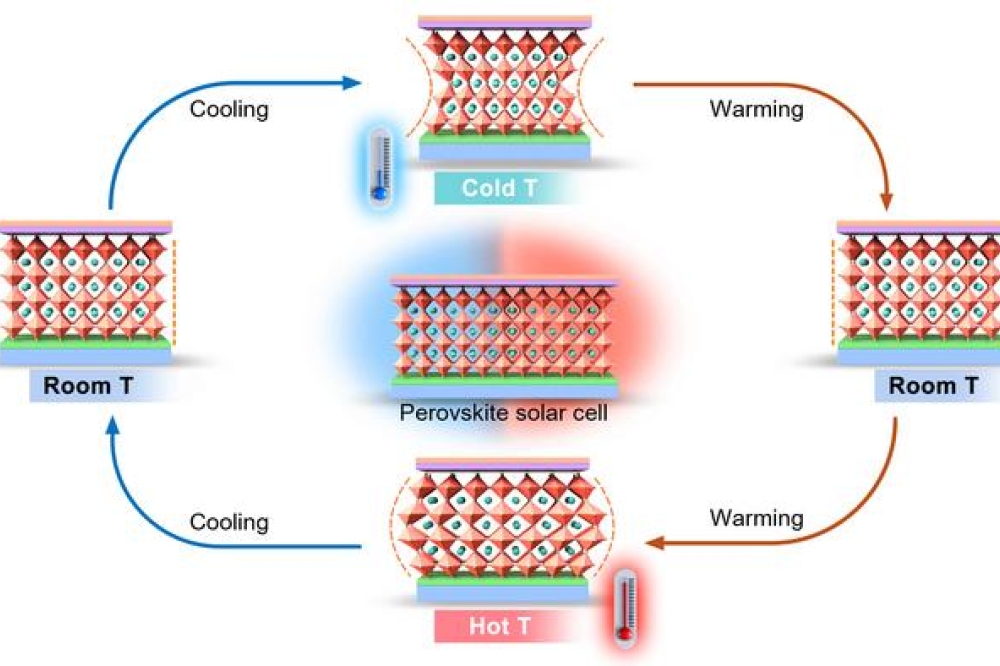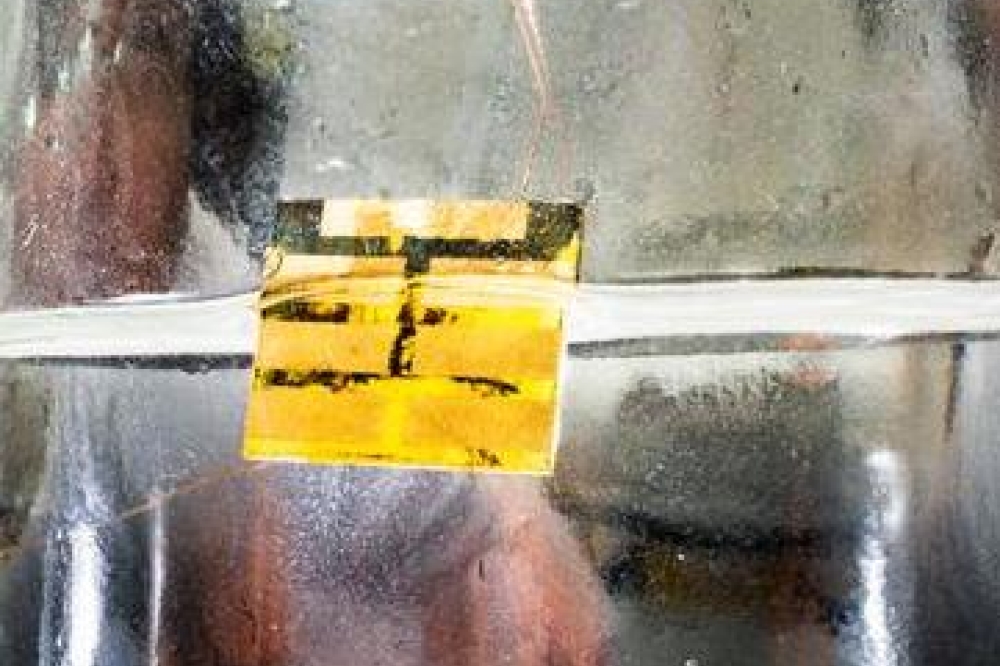Innovative Use of Satellite Dishes for Solar Power Generation
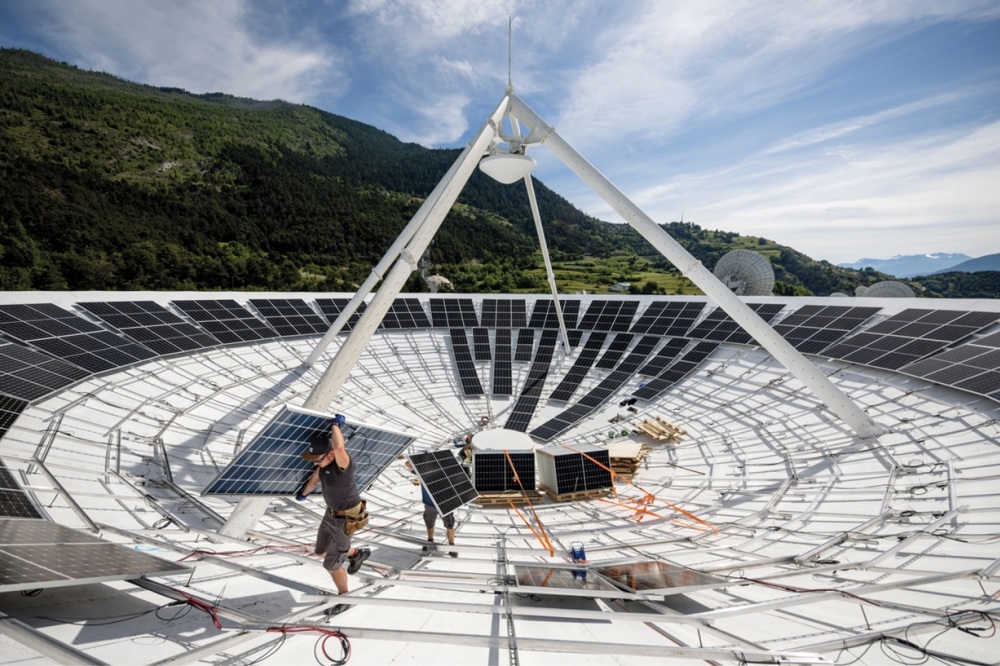
CKW, a Swiss provider of integrated energy and building technology solutions, has successfully transformed unused satellite dishes located on the premises of Leuk TDC, a Swiss telecom service provider, into cutting-edge solar installations. This innovative project, developed in collaboration with global smart energy technology company, SolarEdge, exemplifies a bold approach to renewable energy by highlighting the significant potential of re-using existing infrastructure for solar.
Located in the town of Leuk, Switzerland, Leuk TDC initiated the idea of utilizing old satellite dishes on their premises – originally constructed in 1972 – as the foundation for a new solar plant designed to offset the energy requirements of its power-hungry data centre. Recently installed, the solar plant comprises two satellite dishes with 307 solar panels on each one, with each dish generating approximately 110,000 kWh of clean energy annually. The company has also installed a rooftop solar system on the main building of its computing and data centre, generating a further 555,000 kWh of solar power annually. In addition to solar, the data centre is powered with energy from hydroelectric power plants, meaning the data centre’s entire energy needs are covered with 100% renewable energy.
Given the complex orientation and inclination of the solar panels on the satellite dishes, shadows and varied inclinations threatened to reduce the efficiency of the solar system. With traditional string solar inverters, they reduce the overall performance of the solar array to match the weakest performing panel on the string, meaning one shaded panel could reduce energy yield considerably. As a result, SolarEdge's innovative DC-optimized inverter solution was used with Power Optimizers attached to the underside of every pair of solar panels. This enables the solar system to mitigate the impact of module mismatch on the satellite dishes, maximizing energy production for Leuk TDC and ensuring the project was financially viable.
Manuel Jossi, Deputy Head of Solar Technology for Central Switzerland at CKW, the installer of the solar plant, comments: “Having design flexibility with a solar installation is a huge benefit for installers. In complex cases such as these with uneven surfaces, without the use of power optimizers we simply would not have been able to achieve anywhere close to the level of energy being produced today. I recommend that others planning similar solar installations allocate sufficient time for planning and collaborate with trusted personnel to overcome any technical challenges.”
The move to solar underpins Leuk TDC’s commitment to sustainability having already been using hydropower to power the core of its operations for several years. With Leuk TDC’s data centre requiring more and more power year on year, the company plans to continue leveraging solar energy and hydropower to power 100% of its data centre’s energy needs moving forward. This not only supports Leuk TDC’s environmental goals, but also offers the company more financial stability by reducing its dependency on changeable grid electricity costs. The company hopes the success of the satellite dish project serves as an inspiring model for future infrastructure innovations in renewable energy.
John Harris, CEO at Leuk TDC, concludes: “The need for the satellite dishes were becoming obsolete, so we always knew we wanted to make use of them in some way or another. The design of the dishes, which allows them to be aligned both horizontally and vertically, proved ideal for a solar panel installation. By following the sun's path throughout the day, these dishes optimize solar radiation absorption. Having installed them we get considerably more hours of electricity than conventional string system, and Power Optimizers enhance electricity production further.”


